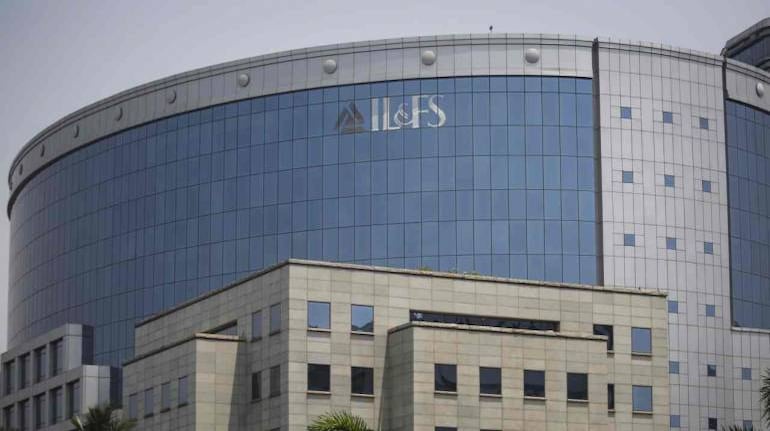



The Union Budget 2020-21 has dashed all hopes of any new measures to boost liquidity and credit flow to the troubled non-banking finance companies (NBFCs) and housing finance companies (HFCs).
After the slew of measures announced in September 2019, markets were anticipating a second wave of supportive policy actions that would ensure quicker revival of the shadow banking sector.
However, apart from increased access to debt recovery system and access to online bill discounting platform, there wasn't much to cheer for NBFCs in the budget for next financial year.
"I think the NBFCs are going through the toughest time I have seen in 40 years," said Deepak Parekh, Chairman, Housing Development Finance Corporation (HDFC) told CNBC-TV18. He added that benefits to the sector were marginal.
To decode what the Finance Minister announced for NBFCs in the budget announcement on February 1, we take a look at all the measures in detail.
Partial Credit Guarantee Scheme
In last year's Budget, the government had proposed a partial credit guarantee (PCG) scheme to help cash-strapped NBFCs tide over liquidity crisis. However, the scheme that was launched in August 2019 failed to take off due to a number of roadblocks.
The scheme was later modified to accommodate feedback from the industry. In December 2019, the cabinet approved extension of the PCG scheme to 30 June 2020, with an option to extend it by another three months depending upon the progress.
Also, banks were permitted to purchase from pool of 'BBB+' rated assets of NBFCs, lower than the earlier stipulation of 'AA' rated assets that limited its scope. NBFCs that slipped into SMA-0 category in one year prior to IL&FS crisis would also be eligible for the scheme.
On February 1, Sitharaman said that a mechanism would be devised for the scheme without divulging any more details.
"This step would boost liquidity for NBFCs. However, clarity would
be required on the mechanism which is scheduled to be announced later. This shows continued GOI intent to support well run NBFCs," said Care Ratings in a report.
Debt recovery under SARFAESI
To ensure recovery of smaller accounts by NBFCs, the government reduced the eligibility requirement for enforcement of Securitization and Reconstruction of Financial Assets and Enforcement of Security Interest (SARFAESI) Act.
Accordingly, the eligible asset size was reduced from Rs 500 crore to Rs 100 crore or the loan size from Rs 1 crore to Rs 50 lakh.
"Under the SARFAESI Act, the debt recovery has reduced from Rs 1 crore to Rs 50 lakh is one step ahead. We would still expect it to be on par with banks which currently stand at Rs 1 lakh," said Umesh Revankar, MD and CEO, Shriram Transport Finance.
Access to TReDs
Sitharaman proposed amendments to the Factor Regulation Act 2011, enabling NBFCs to extend invoice financing to MSMEs through TReDs which is an online bill discounting platform. The move is aimed at enhancing economic and financial sustainability of MSMEs.
NABARD refinance schemeAs part of its efforts to increase credit availability for women Self Help Groups through NABARD or Mudra, the refinance scheme would be extended to NBFCs that are into agri-related lending.
Jaspal Bindra, Executive Chairman, Centrum Group and Former Standard Chartered Bank Asia chief said that all these measures are helpful and positive.
"However, the mega challenge is around credit growth and the resultant liquidity crisis, which has not been addressed," Bindra added.
In its Trends and Progress report released in December, the Reserve Bank of India (RBI) noted that challenges faced by some of the NBFCs were reflective of inherent fragilities rather than merely a liquidity crunch.
"Consequently, financial markets have been discriminating between strong NBFCs and those having perceptible weaknesses," it added.
The regulator said that NBFCs with asset-liability mismatches
or asset quality concerns are facing constraints on market access and/ or higher borrowing costs.
Discover the latest Business News, Sensex, and Nifty updates. Obtain Personal Finance insights, tax queries, and expert opinions on Moneycontrol or download the Moneycontrol App to stay updated!
Find the best of Al News in one place, specially curated for you every weekend.
Stay on top of the latest tech trends and biggest startup news.